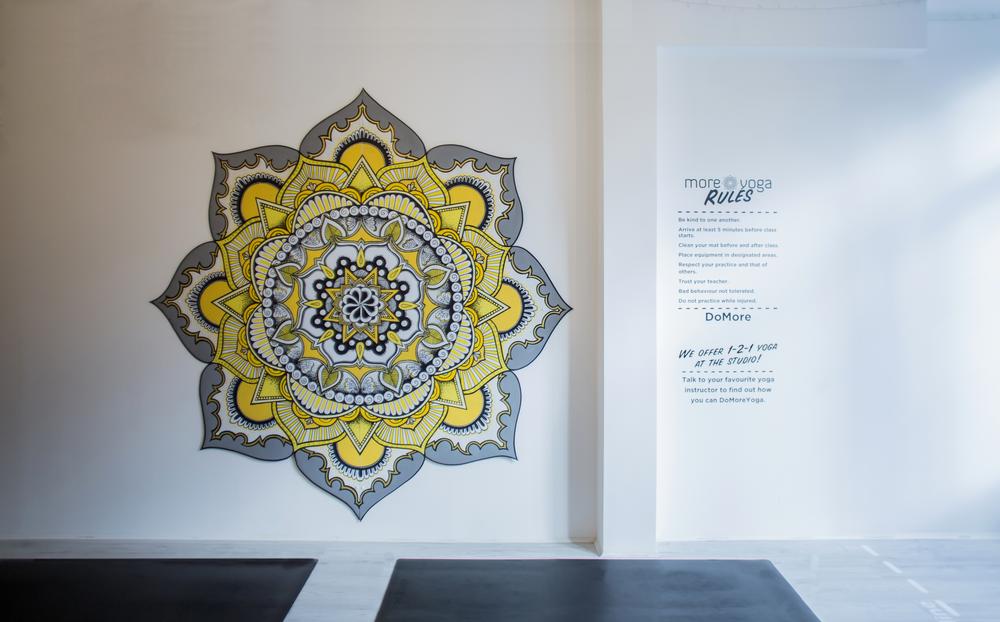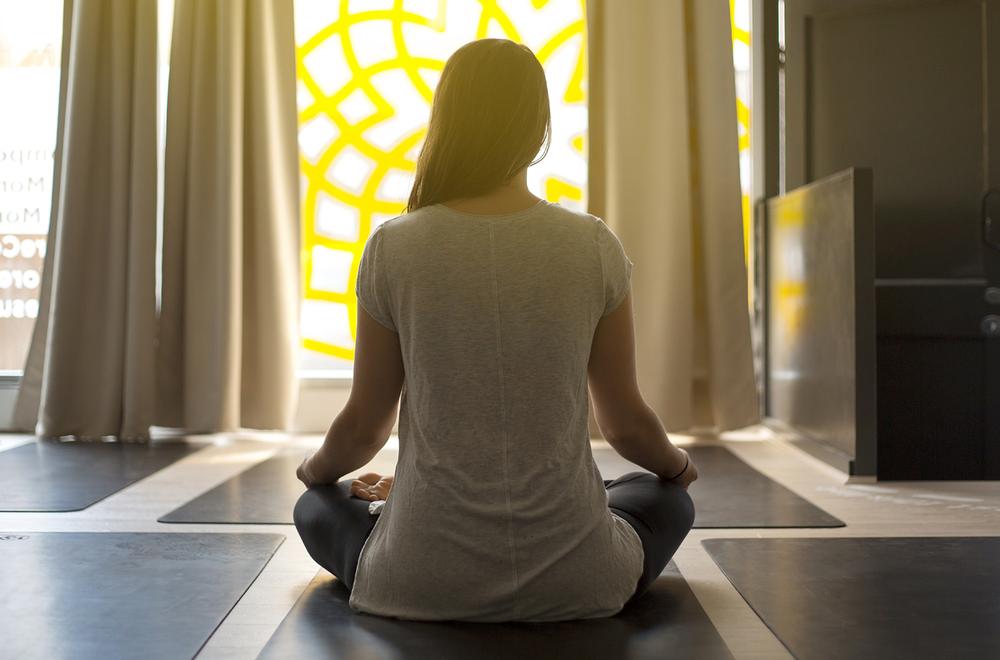Sidhu and Marin are aiming to build the UK’s dominant yoga chain with their “no fuss” budget brand, More Yoga.
Filling the gap between village hall yoga and boutiques, they’ve created a model they believe will work equally well outside the metropolis.
How did More Yoga start?
Our first business was PT studios called MoreFit, which we launched in 2014. We had three, but growth was slow and we realised yoga offered much more potential, so we switched our focus.
Starting in 2016, we self-funded the first four studios, then used loans to drive growth. Now we’re financed by debt from Michael Shaw at The Huddle, which is enabling us to expand more aggressively.
We currently have 15 studios across London, with a pipeline of a further 15 in places such as Stratford, Tower Bridge and Surrey Quays. Launched last month, Tower Hill is the most recent club.
By 2022 we visualise having 100 sites in the capital. There are lots of players in the yoga market, but many are small independent studios. We aim to be the dominant chain in the market.
How have you managed to grow so quickly?
Mainly because our barrier to entry is low – the price per class can be as little as £5, which is half of what most of our competitors offer. This is combined with quality teachers and a comfortable environment. Therefore, we have lots of customers – on average we have 500 new prospects each month.
As we don’t have reception desks or showers, the fit-out cost of each studio is low, which means they become profitable quickly. Also the studios are only staffed when a class is in progress: the yoga teacher opens it 20 minutes before and the booking-in for classes is done online.
What is your USP?
We set out with the intention of providing as much variety of yoga to as many people as possible. So we offer 10 different types of yoga practice, including the traditional favourites like ashtanga and vinyasa flow, as well as newer, Western concepts and fusions with fitness. Each studio runs around four to six classes a day and, as the More Yoga chain grows, members are getting access to more locations as well.
Our offering is a “no fuss” approach to yoga: we offer the equipment needed to practise, but avoid the non-essentials, like fluffy towels and scented candles. Instead, we pass the savings from this on to our clients with cheaper classes.
Our growth has been informed by surveying our members about what they want. Around 80 per cent said they would happily forgo showers in order to benefit from cheaper classes and almost everyone said they didn’t need a reception desk. In fact, many saw it as a barrier, so removing it was a positive.
Who are your members?
Mainly the core yoga following of women aged between 21 and 35. However, we’re starting to see more men and we’re looking to work with partners to encourage this. For example, we’re teaming up with dating agency, Human Connection, to run some events.
Of the 500 new customers we attract each month, 60 per cent are new to yoga. Our conversion rate is 29 per cent. People can either come on a pay-as-you-go, or a membership basis – where they pay for a certain number of classes each month. The more they buy, the cheaper the individual class price.
Why is the yoga market growing?
Yoga is strong because it offers more than just the physical aspect; it brings in mental relaxation and a spiritual element – relaxation and restorative yoga is still the most popular. People need this in their lives – they’re struggling with finances, stress, lack of access to exercise and many other life pressures. Everyone is getting squeezed more and more.
The middle classes have seen their disposable income drop and they appreciate low cost fitness as much as anyone, so we have a mixed clientele.
What is your ideal site?
We look for open spaces of 800 to 1200 sq ft (74sq m to 111sq m), with no pillars. Former betting shops and retail outlets work really well. Our studios enhance the high street and bring more footfall.
Will you expand outside London?
We have plans to roll-out in cities like Bristol, Manchester and Newcastle and also in rural areas. This creates a new set of challenges – mainly finding teachers and property – but as our model is affordable, it won’t need to be adapted.
The advantage of rural areas is that people are willing to travel further.
What else does the future hold?
We want to expand into events, retreats and workshops. We’re running our first retreat in August, which will help us establish what works. Our aim is to run four or five overseas retreats a year, as well as others in the UK. It’s a good way to reach a wider audience.
Also we’ll keep the offering fresh at our existing sites, by introducing a greater variety of classes and other concepts.
What drives you?
We’re passionate about creating a brand, a journey and a lifestyle that enriches peoples’ lives. We want to be ‘of the people for the people’.
























































